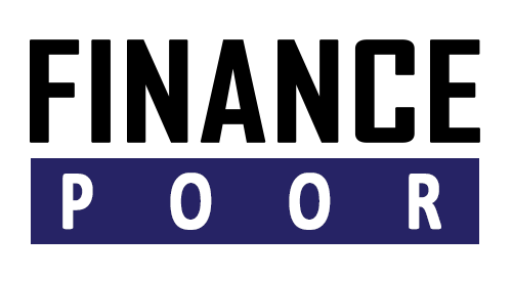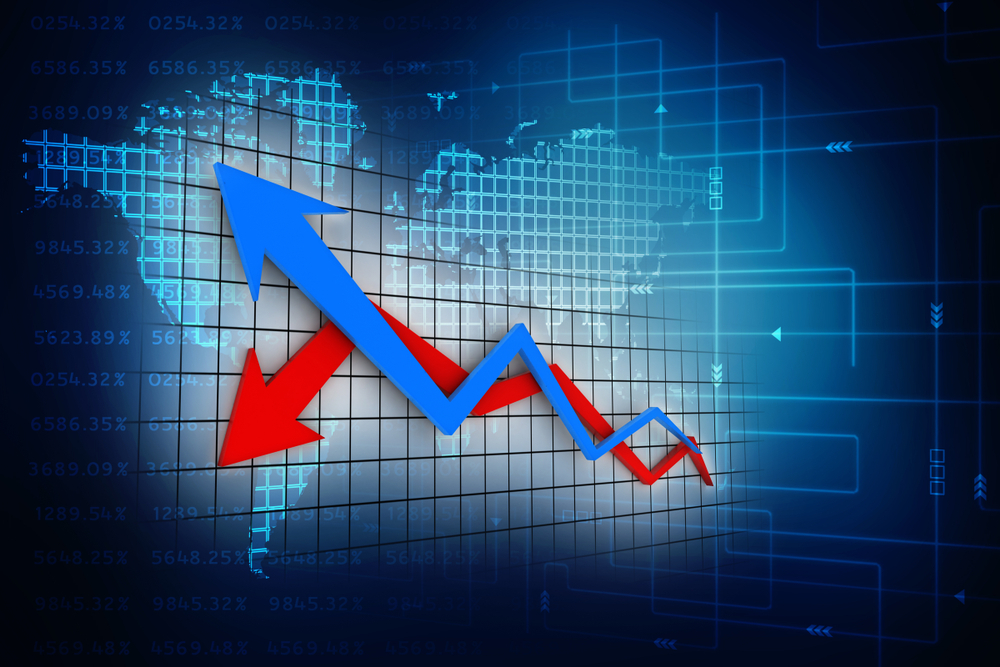Many macroeconomic models and researchers believe that deflation is a natural response by an economy to experience a period of economic slowdown or recession. According to these views, deflation is the market phenomena whereby the prices of goods and services fall on a decreasing trend (falling in the aggregate demand balance), forcing the central bank to look to implement measures that will lift the economy out of the low growth state. In this article, we will take a look at why deflation is likely to occur in the business cycle and how it may be related to the business cycle as a whole.
- Deflation in the business cycle is a gradual decrease in the prices of goods and services that is most likely to occur when the economy is in a weak position, such as during an extended period of economic depression.
- During such a time, the economy is forced to resort to means to boost aggregate demand, including increasing the supply of money (tightening the fiscal policy) and the reduction of interest rates (conducting rate cuts).
- Even though the impact of these measures on the supply of money remains limited in the long run, they do result in reducing the demand for goods and that, in turn, reduces the demand for goods and services.
- As a consequence, there is a decline in the inflation rate, which in turn, causes some degree of economic deformation.
- Deflation is therefore an example of a feedback process that occurs between the supply of money and the supply of goods and services.
- This process may be more visible in the current business cycle, as businesses are being forced to adopt more defensive monetary policies due to the lowered confidence levels following the credit crisis.
The onset of deflation is thus not a surprise. A rise in the level of general prices together with a fall in the rate of employment, makes the existence of deflation more apparent in the business cycle. With unemployment and inflation both rising above the employment rate, there is a marked imbalance between demand and supply in the economy. And because demand is driven by the ability of the entrepreneur to produce commodities on the market, this imbalance is likely to lead to deflation.
The relationship between inflation and deflation is usually broken when the general price level is increasing and the real effective rate of interest is falling. When there is a persistent fall in the rate of interest, the business cycle usually resumes its normal path after the onset of deflation. But in a deflationary economy, the scenario is quite different.
As previously mentioned, it is difficult to make predictions about the behaviour of the business cycle when is deflation likely to occur. This is because the rates of inflation and deflation are usually varying concepts. For instance, an increase in the general price level will lead to higher inflation while a fall in the general rate of interest will lead to lower interest rates. But sometimes, both the inflation rate and the interest rate to reach a level that is abnormally low or even zero. Such a situation can result in the presence of deflation.
This brings us back to the original question: when is deflation most likely to occur? The answer largely depends on the state of the economy in the overall context. It is normal for the business cycle to resume after deflation has been overcome to some extent. The key to financial planning is therefore not to anticipate deflation but to understand how it might affect the process of capital budgeting and business cash management. For any planner, the important thing is to be prepared in advance for the possibilities that the business cycle may bring.

